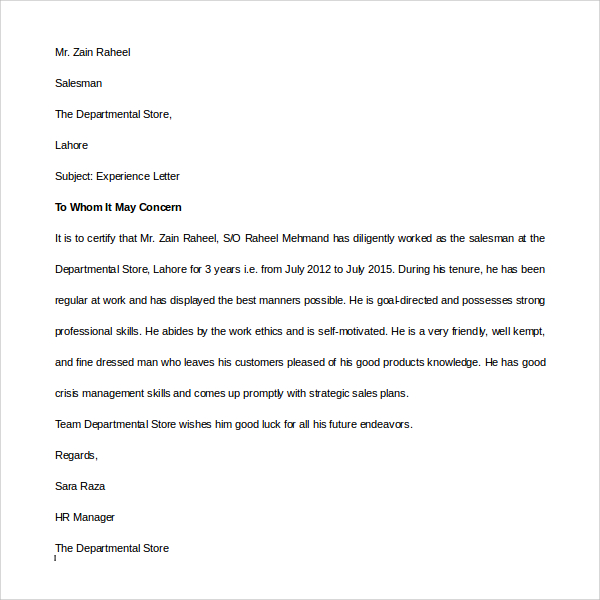

As the "global brands report", the research is repeated and published annually.

The Global Simplicity Index identified that complexity occurs in five key areas of an organisation: people, processes, organisational design, strategy, and products and services. His report, the Global Simplicity Index 2011, was the first ever study to calculate the cost of complexity in the world's largest organisations. Ĭollinson identified a role for "simplicity-minded managers", managers who were "predisposed towards simplicity", and identified a set of characteristics related to the role, namely "ruthless prioritisation", the ability to say "no", willingness to iterate, to reduce communication to the essential points of a message and the ability to engage a team. Collinson concluded that this type of 'bad complexity' reduced profitability ( EBITDA) by more than 10%. Most organizations contain some amount of complexity that is not performance enhancing, but drains value out of the company. The recognition that too much complexity can have a negative effect on business performance was highlighted in research undertaken in 2011 by Simon Collinson of the Warwick Business School and the Simplicity Partnership, which found that managers who are orientated towards finding ways of making business "simpler and more straightforward" can have a beneficial impact on their organisation.

Simplicity is largely a matter of historical background, of previous conditioning, of antecedents, of customary procedures, and it is very much a function of what is explained by it. One cannot tell exactly how "simple" simple is. I think it is worth while insisting on these vague terms - for instance, on the use of word rather. (scientific model) must satisfy certain esthetic criteria - that is, in relation to how much it describes, it must be rather simple. John von Neumann defines simplicity as an important esthetic criterion of scientific models: These two aspects of simplicity are often referred to as elegance and parsimony respectively. In other words, simplicity is a meta-scientific criterion by which scientists evaluate competing theories.Ī distinction is often made by many persons between two senses of simplicity: syntactic simplicity (the number and complexity of hypotheses), and ontological simplicity (the number and complexity of things postulated). Īccording to Occam's razor, all other things being equal, the simplest theory is most likely true. Often it remains implicit sometimes it is invoked as a primitive, self-evident proposition other times it is elevated to the status of a ‘Principle’ and labeled as such (for example, the 'Principle of Parsimony'. This presumption that simpler theories are preferable appears in many guises. There is a widespread philosophical presumption that simplicity is a theoretical virtue.

In some cases, the term may have negative connotations, as when referring to someone as a simpleton. In human lifestyles, simplicity can denote freedom from excessive possessions or distractions, such as having a simple living style. Religions also reflect on simplicity with concepts such as divine simplicity. The concept of simplicity is related to the field of epistemology and philosophy of science (e.g., in Occam's razor). In other cases, the term may suggest a lack of nuance or complexity relative to what is required. In some uses, the label "simplicity" can imply beauty, purity, or clarity. Simon suggests, something is simple or complex depending on the way we choose to describe it. Something easy to understand or explain seems simple, in contrast to something complicated. Simplicity is the state or quality of being simple. ( Learn how and when to remove this template message) JSTOR ( April 2018) ( Learn how and when to remove this template message).Unsourced material may be challenged and removed. Please help improve this article by adding citations to reliable sources. This article needs additional citations for verification.


 0 kommentar(er)
0 kommentar(er)
